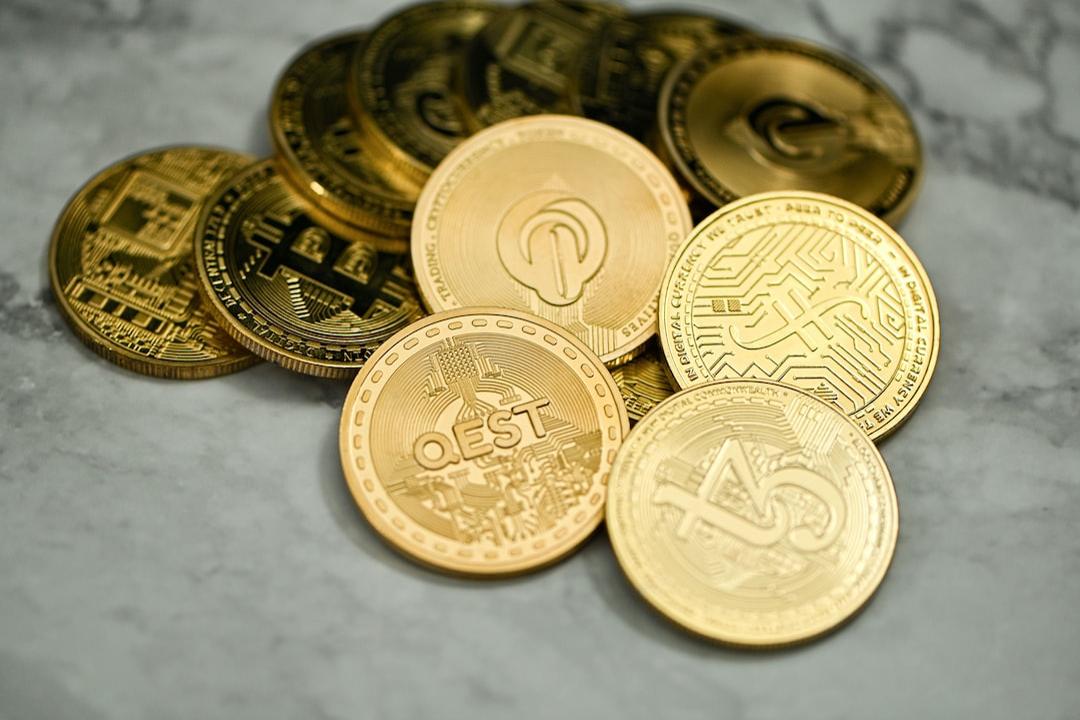Every third Web3 user engages in crypto gaming. By May 2024, the daily count of active wallets in GameFi surpassed 3 million, marking an all-time peak. As blockchain games continue to attract more enthusiasts, existing infrastructures face mounting challenges, prompting projects to pioneer bespoke solutions that elevate scalability to new heights. Consequently, the GameFi sector has emerged as a principal catalyst for the evolution of Layer-2 and Layer-3 technologies.
Introduction
GameFi, within the realm of blockchain gaming, has swiftly risen as a pivotal sector in Web3, with a third of its users now actively participating in crypto games. This surge is underscored by the recent peak in daily unique active wallets, exceeding 3 million.
This remarkable growth in player base and gaming activity underscores the escalating demand for robust gaming infrastructures capable of meeting the intricate demands of modern blockchain games. Developers have been forging ahead, developing tailored solutions to bridge these gaps—blockchains specifically designed for gaming that promise enhanced scalability, performance, and user experience.
Why Crypto Games are Transitioning to Dedicated Blockchains?
The limitations of Ethereum’s Layer-1 network in terms of scalability became apparent in the early 2010s, shortly after the platform’s launch. The infamous CryptoKitties congestion crisis saw users paying substantial fees and enduring lengthy waits to acquire whimsical digital pets, prompting a need for change.
In response, developers began implementing Layer-2 solutions—blockchains built atop the Ethereum main network. These L2s aggregate multiple transactions into a single bundle on Ethereum Layer 2 and process them on Ethereum Layer 1, thereby maintaining the main network’s security while bolstering scalability. This technological advancement significantly slashed transaction costs, reducing fees to mere pennies.
However, the industry has since outgrown these solutions. The throughput of Layer-2 solutions no longer aligns with the escalating transaction volumes of games, and improving user experience necessitates reducing gas fees to near-zero levels. Moreover, as game complexity increases, customization becomes paramount.
To address these challenges, Layer-3 solutions have emerged—blockchains built atop L2s that inherit Ethereum’s security features while offering additional functionalities beyond the reach of Layer-2s. Each game operates on its dedicated L3 blockchain, unlocking a plethora of new opportunities.
L3 Solutions: Performance, Customization, and Governance
Layer-3 solutions introduce a new echelon of transaction throughput. Recently, the combined throughput of Ethereum L2s and L3s reached a record high of 246 transactions per second, with a single gaming-focused Layer-3 chain, Xai, processing 101 TPS. In comparison, Ethereum’s base layer handles only 12-15 transactions per second.
Operating on a dedicated blockchain eliminates competition for network capacity. Although other L3s and L2s exist on Ethereum, rollup technology reduces transaction sizes to such an extent that new TPS records become achievable.
Developers gain the freedom to customize parameters like block size, block time, and consensus mechanisms to better suit their game’s unique requirements. This flexibility allows for alternative computation algorithms, different data formats, and confidential transactions not visible on L2.
Running a game on a separate network empowers developers with full control over their game environment, enabling agile decision-making and swift implementation of updates without negotiation with other network participants—since there are none.
Game-Specific Chains: Examples
Several game-specific blockchain solutions stand out. Firstly, there are L2s tailored for GameFi products, with Ronin being the most popular. In May, Ronin hosted 836,000 unique daily wallets and supports popular blockchain games like Pixels and Axie Infinity.
Layer-3 solutions show even greater promise. Although currently less popular in transaction volume, they provide unique opportunities for developers. For instance, Arbitrum Orbit, built on Arbitrum—an Ethereum L2—enables anyone to launch their own L3 app chain without permission, leveraging advanced customization capabilities.
Implications for Users
For users, the adoption of L3 solutions translates into an unparalleled enhancement in user experience. Firstly, there’s rapid transaction processing, with Ethereum L2s and L3s achieving record-breaking throughput—eliminating prolonged wait times for transaction confirmations.
Secondly, Web3 games have often been criticized for their complex user experiences, requiring users to manage transactions manually, maintain sufficient funds for gas fees, and secure their private keys. Account abstraction technology, introduced in the Ethereum ecosystem and optimized on Layer-3 networks, now delivers a gaming experience akin to Web2.
PlayBlock, a dedicated L3 blockchain solution within the Playnance GameFi ecosystem and a leading Layer-3 solution on Arbitrum Orbit processing 1.2 million daily transactions, exemplifies this. Layer-3 technology significantly reduces transaction fees, covered entirely by PlayBlock, while users enjoy fee-free transactions.
Players can join games without a crypto wallet, as one is automatically created for them. Playnance’s infrastructure goes further by simplifying topping up and withdrawing funds with a single click using crypto or cards. Account abstraction eliminates the need for managing seed phrases or signing multiple transactions.
Interoperability represents a third benefit: traditionally, in-game assets remain confined to a single title. With interoperable gaming ecosystems, developers create diverse games within a unified blockchain environment, enabling users to freely transfer assets across games or capitalize on them for a richer, more immersive experience.
More than Just GameFi
The burgeoning demands of the GameFi sector have spurred the development of application-specific blockchains. Custom L2 and L3 solutions offer unprecedented flexibility, fast transaction processing, and zero gas fees. The convergence of these needs with emerging technological solutions will propel the game-specific blockchain sector forward, introducing innovative solutions and advanced GameFi products.
Ultimately, these advancements will catalyze the rapid expansion of GameFi and set the stage for Web3 to onboard millions of new participants.

